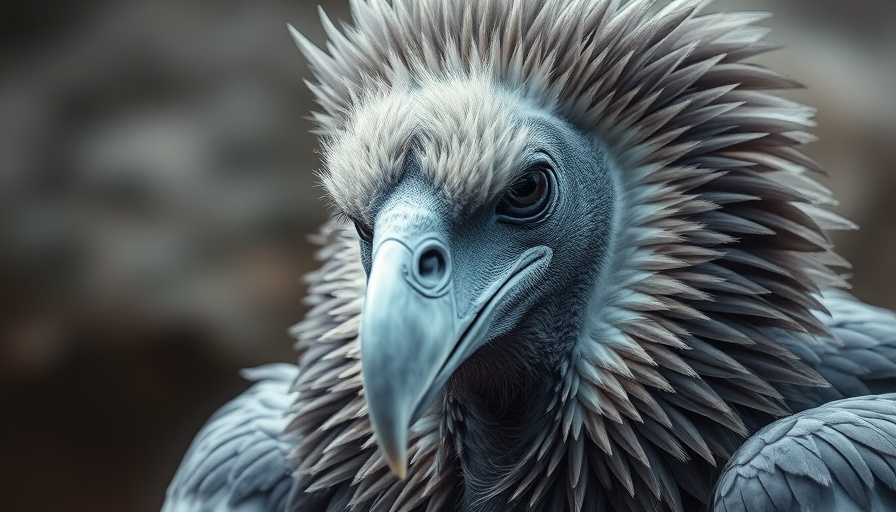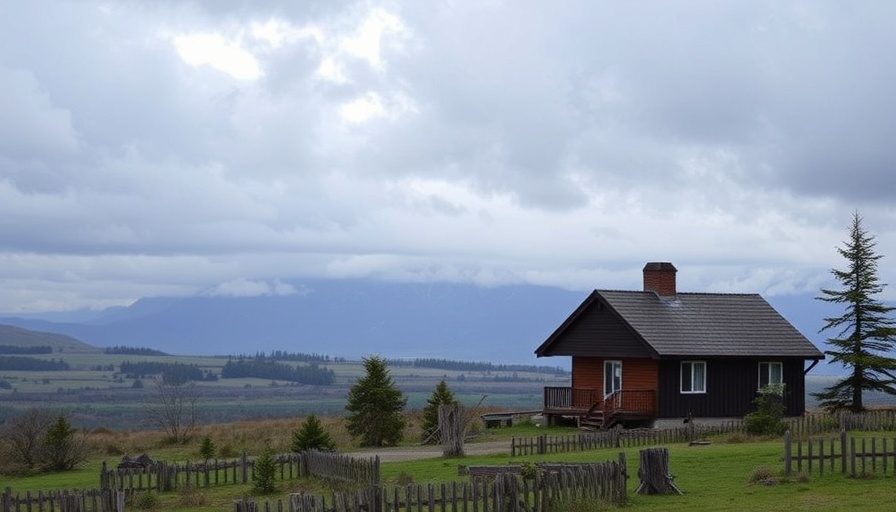
Discover the Fascinating Functionality of Bird Beaks
Bird beaks, often referred to as bills, are remarkable tools that enhance a bird's ability to thrive in its environment. Each bird species possesses a bill shape and size that reflects its specific dietary needs and ecological niche. Whether it's a Great Blue Heron impaling fish with its spear-like beak, or a Mallard using its spatula-like bill to sift through water for tiny organisms, these adaptations highlight nature's ingenuity.
More than Just Feeding Tools: The Multifunctional Beak
Beyond their primary role in feeding, bird beaks serve multiple purposes. They assist in preening feathers to maintain hygiene, serve as tools for building nests, and play roles in self-defense and courtship displays. For instance, a Peregrine Falcon’s sharp hooked beak is tailor-made for tearing into its prey, a process that underscores the intricate relationship between form and function in avian biology.
The Connection Between Beak Design and Bird Behavior
The diversity in beak shapes not only informs feeding habits but also provides insights into the behaviors and lifestyles of various species. Observing how different birds utilize their beaks can deepen our understanding of their roles within ecosystems. For example, the probing action of a Wilson’s Snipe illustrates its specialized feeding strategy for earthworms, showcasing a behavior that aligns seamlessly with its anatomical adaptations.
Engaging with Nature: Birding Essentials
As you venture into birding, consider the stories that a bird's beak can unveil. Each shape and size from the smallest chickadee to the majestic eagle tells a unique tale of survival and adaptation. Engaging in bird observations not only enriches your experience in nature but also fosters a deeper appreciation for wildlife conservation and biodiversity.
Conclusion: Appreciate the Wonders of Bird Beaks
Next time you spot a bird, take a moment to appreciate its bill. It's not just for eating—it's a versatile tool adapted to various aspects of avian life. A bird's beak is a testament to evolution's wonders, reflecting its dietary habits, behaviors, and ecological significance. By understanding bird beaks, we gain a greater respect for the complexity of nature and the importance of preserving these incredible creatures.
 Add Row
Add Row  Add
Add 




Write A Comment